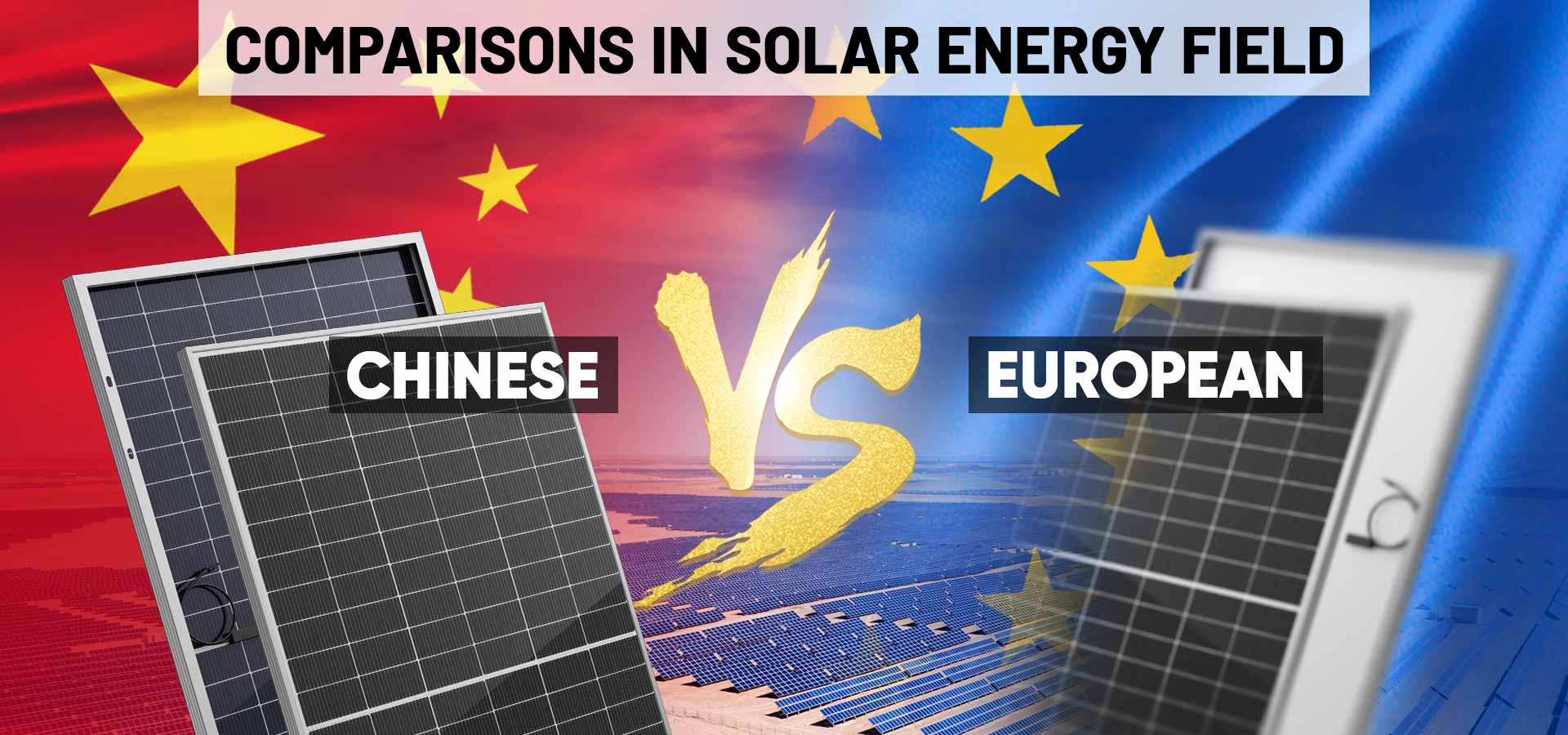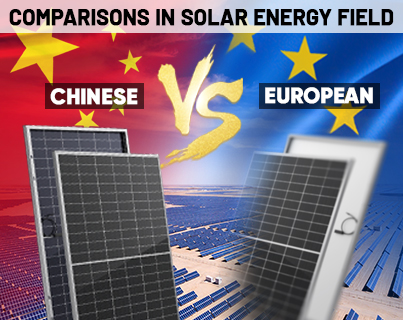

The solar panel industry has witnessed significant growth and innovation in recent years, with China emerging as a dominant player in the global market. However, Europe, once a leader in solar energy, has faced challenges in keeping up with the competition. In this blog post, we will explore the dynamics between the Chinese and European solar panel industries, delve into the reasons behind Europe's struggles, and discuss the future of solar energy in Europe.
Chinese solar panel manufacturers have rapidly expanded their production capacity and market share, establishing themselves as global leaders in the industry. Companies such as JinkoSolar, Trina Solar, and Canadian Solar have become household names, known for their high-quality solar panels and competitive pricing. With the support of government policies, favorable investment conditions, and economies of scale, Chinese manufacturers have been able to mass-produce solar panels at lower costs, making them more affordable and accessible to consumers worldwide.
China's solar panel industry benefits from a robust manufacturing infrastructure and supply chain. The country has invested heavily in building solar modules factories equipped with advanced technology and automated production lines. This allows for efficient and cost-effective manufacturing processes, enabling Chinese manufacturers to meet the growing global demand for solar panels.
Europe, once a frontrunner in solar energy, has experienced a decline in its solar panel manufacturing sector. Several factors have contributed to this decline, including increased competition from Chinese manufacturers, high production costs, and a lack of government support. European manufacturers have struggled to compete with the lower-priced solar panels flooding the market from China. This has led to a decrease in market share for European companies and a shift in the global solar panel manufacturing landscape.
Europe's solar energy market has faced challenges in terms of policy uncertainty, regulatory barriers, and limited financial incentives. Inconsistent government support and changes in subsidy programs have created an unstable business environment for solar panel manufacturers in Europe. Additionally, the high cost of production, including labor and raw materials, has made it difficult for European manufacturers to compete with the lower-priced Chinese imports. This has resulted in a decline in the number of solar panel factories in Europe and a loss of jobs in the industry.
Chinese companies currently produce around 90% of the world's solar panels, and they are able to do so at much lower costs than European manufacturers. This is due to a number of factors, including government subsidies, lower labor costs, and economies of scale.
Despite the challenges, Europe remains committed to renewable energy and reducing carbon emissions. The focus is now shifting towards integrating solar energy into the existing infrastructure, such as buildings and transportation systems. This approach aims to maximize the utilization of solar energy and promote energy self-sufficiency.
European countries are investing in research and development to drive technological innovations in the solar energy sector. This includes advancements in solar panel efficiency, energy storage solutions, and smart grid integration. By fostering innovation, Europe aims to regain its competitive edge in the global solar panel industry.
To revive the European solar panel industry, governments are implementing supportive policies and financial incentives. These measures aim to stimulate domestic manufacturing, encourage investment in solar energy projects, and create a favorable business environment for solar panel manufacturers.
The Chinese solar panel industry has emerged as a global force, dominating the market with its competitive pricing and mass production capabilities. Europe, on the other hand, has faced challenges in keeping up with the competition, leading to a decline in its solar panel manufacturing sector. However, Europe remains committed to renewable energy and is taking steps to revive its solar panel industry. By focusing on solar energy integration, embracing technological innovations, and providing policy support and incentives, Europe aims to regain its position as a leader in the global solar energy market. To solve innovation issues, Europe needs to foster a supportive ecosystem that encourages collaboration between industry, academia, and government. This can be achieved through increased funding for research and development, streamlined regulatory processes, and long-term policy stability. By creating an environment that nurtures innovation, Europe can regain its competitive edge in the global solar panel industry and drive the transition to a more sustainable energy future. The future of solar energy in Europe holds promise, as the continent strives to transition towards a sustainable and clean energy future.